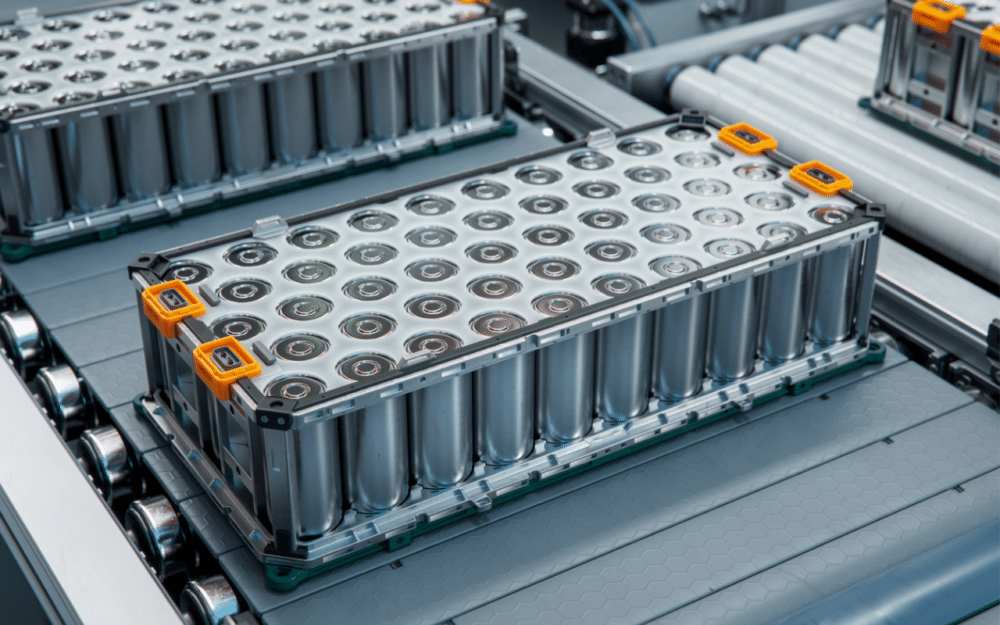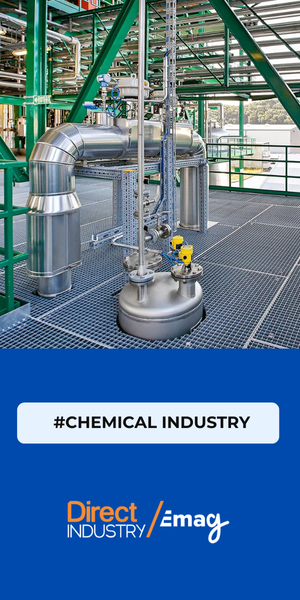The battery market is experiencing rapid growth and innovation, driven by increasing demand for energy storage solutions. In the Net Zero Scenario, installed grid-scale battery storage capacity expands 35-fold between 2022 and 2030 to almost 970 GW. Around 170 GW of capacity is added in 2030, up from 11 GW in 2022.
As the world transitions towards renewable energy sources and EVs, batteries play a critical role in enabling these technologies. To power this expanding market and understand the growing variety of technologies and use cases for batteries, businesses and investors in the battery market must stay informed on the current trends and future outlook of the battery industry.
Emerging Applications for Batteries
The battery market is experiencing significant growth due to the increasing demand for batteries in various emerging applications.
Consumer Electronics
Batteries are widely used in consumer electronics such as smartphones, laptops, tablets, and wearable devices. These batteries allow to use of such devices anywhere without having to keep an eye on battery life. Most consumer electronics use lithium-ion batteries as they offer high energy density and long (enough) cycle life. Also, in 2030, the consumer electronics sector in India is expected to require 32 GWh of batteries.
Electric Vehicles
Batteries are central to the power that drives electric vehicles (EVs). They account not just for propulsion, but for the energy needed to run their various systems. Battery demand for US vehicles increased by about 80% even though pure electric car sales only rose by about 55% in 2022, the IEA said.
The most common type of battery in an EV is the lithium-ion design. It is also efficient enough to give an EV the power it needs to drive for a reasonable distance on a charge. Lithium-ion automotive battery manufacturing capacity was approximately 1.5TWh in 2022.
Renewable Energy Storage
Batteries are a key part of the equation when it comes to storing renewable energy generated by sources like solar and wind. They’re capable of taking in as much energy as possible during periods of low demand or high generation and discharging it when it’s most useful.
Renewable energy storage currently uses lithium-ion batteries as well as lead-acid and flow batteries. The US saw the use of solar on the electrical power grid go from 60 gigawatts (GW) in 2021 to 70 GW in 2022. While wind power increased from 130 GW to 140 GW over the same timeframe.
Market Growth Potential
The battery market is experiencing significant growth. It is driven by increasing demand for portable electronic devices, electric vehicles, and renewable energy storage systems. IEA states that the electric car market has seen exponential growth as sales surpassed 10 million in 2022. The share of electric cars in total sales has more than tripled since 2020 (from 4% to 14% in 2022). The market is expected to grow considerably owing to advancements in battery technologies and an increasing focus on sustainability. In a report by Research Nester, analysts estimate that the global battery market will expand at a CAGR of 10% over the forecast period of 2022 to 2030.
The world is also moving to renewable energy sources such as solar and wind power. And storage solutions are increasingly important for them. Pumped-storage hydropower had a global capacity of around 8,500 GWh by the end of 2020. It accounts for over 90% of total global electricity storage. Batteries are crucial for storing the excess energy these sources generate and then releasing it as needed.
With the growing battery market, established players and emerging companies are exploring potential collaborations and partnerships to drive innovation and growth. Some of the key players include Tesla, Panasonic, LG Chem, Samsung SDI, BYD (Build Your Dreams), Contemporary Amperex Technology Co. Limited (CATL), A123 Systems, and Enphase Energy.
Trends in Battery Technology
Lithium-ion (Li-ion)
Lithium-ion batteries are widely used in portable electronics and electric vehicles due to their high energy density, lightweight design, and long cycle life. The global demand for Li-ion batteries is expected to rise dramatically over the decade ahead. The number of GWh required will climb from around 700 GWh in 2022 to some 4.8 TWh by 2030.
Solid-state Batteries
A new type of battery that replaces the liquid electrolyte with a solid material, potentially increasing safety and energy density. It is estimated that a solid-state battery will maintain 90% of its capacity after 5,000 cycles.
Flow Batteries
A type of battery that uses liquid electrolytes and can be recharged by adding or removing liquids. Flow batteries use electroactive materials dissolved in a liquid that is then pumped through an electrochemical cell. Since the liquids can simply be added or drained to charge or discharge the battery, they’re highly sustainable and easy to scale. By 2030, for instance, flow batteries could be storing a total of about 60 MWh of electricity, with annual sales for producers of more than $25 billion.
Lead-Acid
Lead-acid batteries are widely used in automotive applications, as well as in UPSs where they are well suited because of their low cost, reliability, and high-current ability. The United States has more than 167 GWh of annual lead battery manufacturing capacity.
Nickel-Metal Hydride (NiMH)
Nickel-metal hydride batteries are commonly used in hybrid vehicles, portable electronics, and medical devices. They provide a good balance between energy density, cost, and environmental impact. Many NiMH batteries are constructed with AB5-type structure materials. The main base alloy materials are LaNi5 and MmNi5.
Challenges and Opportunities
One of the main obstacles in the battery market is cost due to the expense of developing technology — particularly emerging technology like lithium-ion batteries. However, technological advancements and economies of scale are rapidly driving down the cost, making it more accessible and affordable for a wider array of applications.
Another hurdle is environmental impact, particularly given the way batteries are disposed of. Opportunities exist here, from the development of more sustainable battery materials and production processes to recycling.
Looking ahead, battery manufacturing is expected to grow in the future as the electric vehicle and renewable energy storage markets continue to expand. However, challenges include developing a more efficient, cost-effective manufacturing process and new battery technologies to accommodate different applications. The battery market will be crucial as the world moves from internal combustion engine cars and fossil fuel-based energy to more sustainable options.






![Image [BUYING GUIDE] How to Choose the Right Industrial Robot?](/wp-content/uploads/sites/3/Industrial-Robot-320x213.jpg)

![Image [Buying Guide] How to Choose the Right Safety Shoes?](/wp-content/uploads/sites/3/Safety-Shoes-320x213.jpg)


![Image [Buying Guide] How to Choose the Right AMR?](/wp-content/uploads/sites/3/AMR-320x213.jpg)